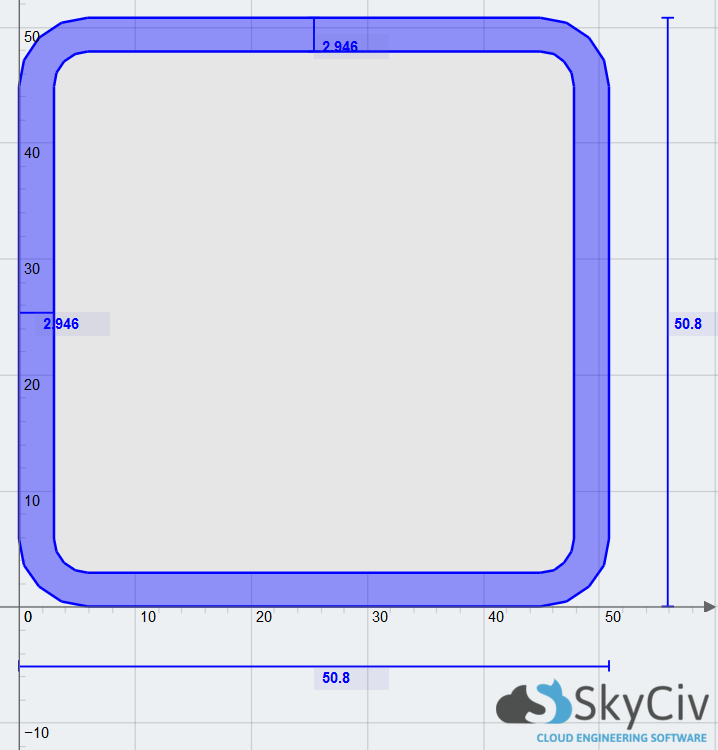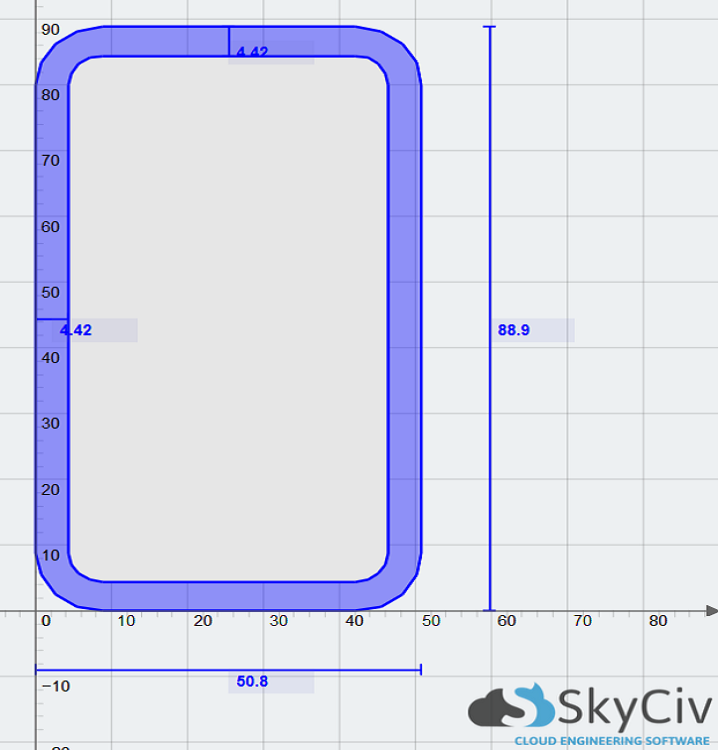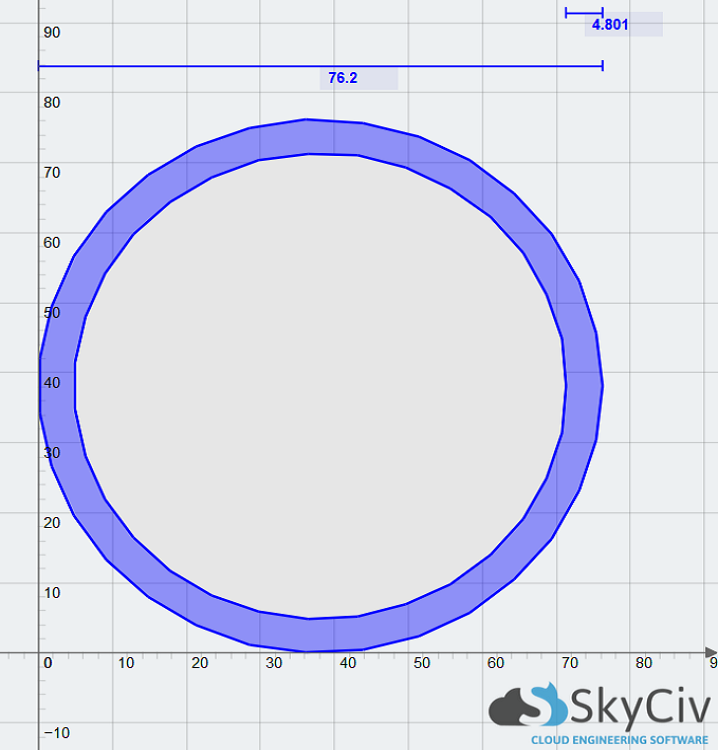File ManagerAccount SettingsAccessing The SoftwareSupportTeam ManagementFull Demos
Certification
The design of structural steel connections in North America is governed by the AISC 360-10 specification for structural steel buildings. The same limit states apply for the design of connections as any other structural member. The main principal is that no serviceability limit state is exceeeded when the structure is subjected to all appropriate load combinations (whether that be norminal strength under LRFD or allowable strength under ASD). Chapter J of the manual focuses on the general design of connections, whilst chapter K focuses on the design of HSS and box member connections.
Connections can be categorized as shear connections (also known as simple connections) or moment connections based on their ability to transmit moment. Shear connections transmit a negligable moment, whereas moment connections transfer moments with an assumed negligable rotation between the connecting members. Furthermore, the parent member (also known as the supporting member) and child members (also known as the supported members) also act as a way to categorize connection types based on their cross section geometry. This section of the documentation will focus on HSS to W connections which have a HSS (Hollow Structural Section) parent member, and 1 or more W (wide flange) beams.
These connections are normally used in structures that have low load bearing or to minimize the weight of the structure. Common structures that use HSS to W connections are warehouses, hangars, and airplane landing gear. The weakest factor of a HSS shape in a structure is its tendency to buckle under load and thus it is recommended to not reduce the overall strength of the HSS member by adding a connection. As such, the AISC code tried to minimise the material damage done by adding a connection to the HSS member and to achieve the most accurate results, it is recommended to use only AISC specified shapes for the AISC calculations. In industry, the choice of connection is normally governed by its cost and capability to be properly erected. There are three main types of HSS shape that the AISC manual offers which are rectangular, square and round HSS which are shown below.


